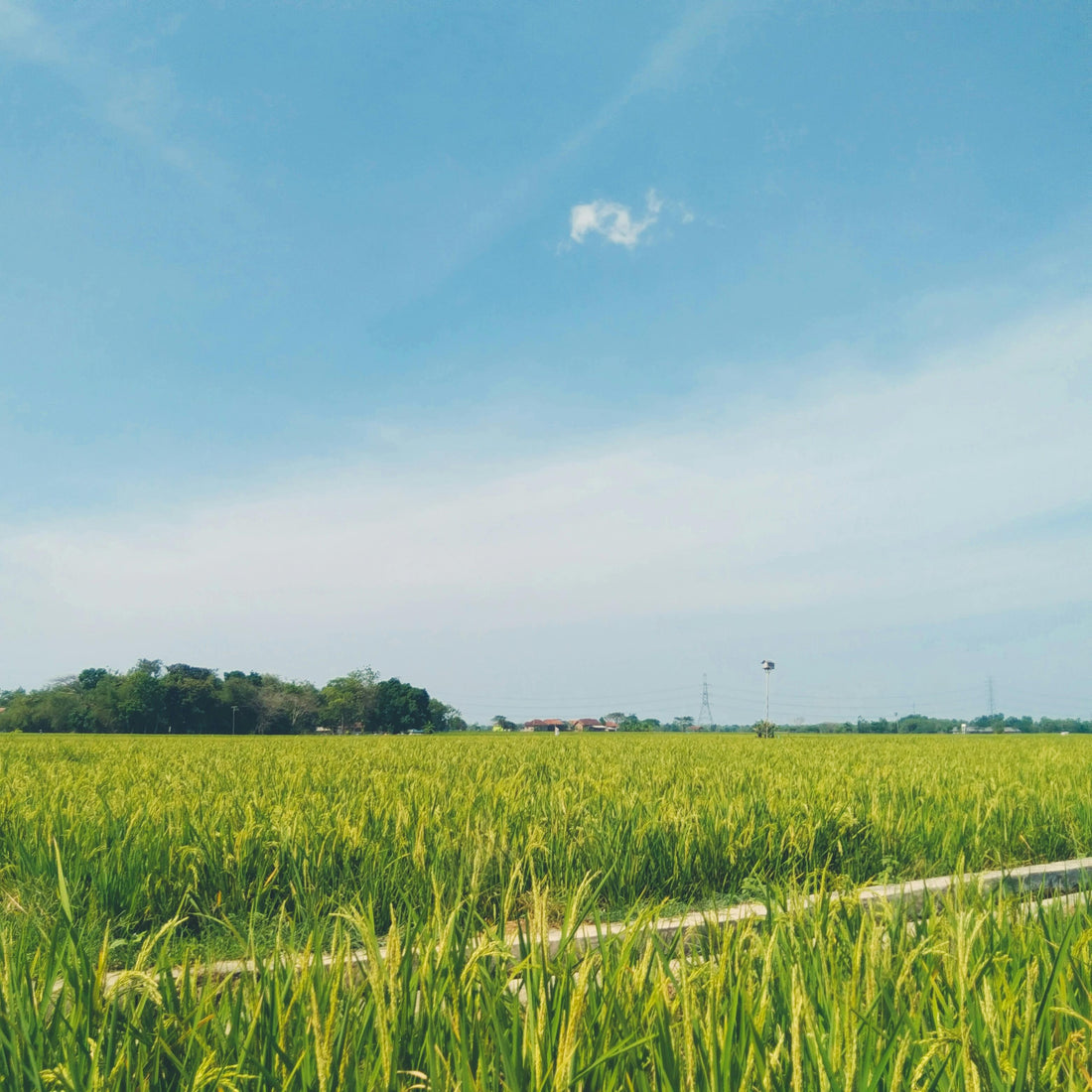
Resistant Starch in Befach Rice: Good for You
Share
Meet the unsung hero of healthy carbs: resistant starch. It’s the part of rice that resists digestion in the small intestine and reaches the colon, where it behaves like fiber—feeding beneficial gut bacteria and producing short-chain fatty acids like butyrate. At Befach, we select and process rice to naturally support resistant starch formation while staying compliant with FSSAI standards.
What Is Resistant Starch?
Resistant starch (RS) is a type of carbohydrate that isn’t fully broken down by digestive enzymes. Instead, it ferments in the large intestine, supporting a healthy microbiome. Higher-amylose rice varieties and certain cooking-cooling methods increase RS through a process called retrogradation.
Health Benefits Backed by Science
- Better blood sugar control – RS slows glucose release, helping reduce post-meal spikes.
- Gut health support – Acts as a prebiotic, fostering beneficial bacteria and producing butyrate.
- Improved satiety – Keeps you fuller for longer, supporting weight management.
- Metabolic wellness – Lower GI meals may support cardiometabolic health over time.
How Befach Rice Encourages Resistant Starch
- Higher amylose selection – Varieties naturally inclined to form more RS and have a lower GI.
- Minimal polishing – Helps retain fiber and micronutrients.
- Steam/parboil technology – Improves grain integrity and supports starch structure.
- FSSAI-compliant processes – Quality and safety you can trust for families and diabetics.
Simple Cooking Tips to Boost Resistant Starch
- Cook rice as usual in plenty of water; avoid overcooking.
- Cool it in the refrigerator for 8–12 hours (overnight).
- Reheat gently before eating. Cooling and reheating increases RS via retrogradation without sacrificing taste.
Pair with protein (dal, eggs, paneer, chicken) and veggies to further lower the meal’s overall glycemic impact.
Who Benefits Most?
- Families seeking steadier energy and better satiety
- People managing blood sugar or weight
- Gut-health enthusiasts aiming to boost prebiotic intake
Compliance, Safety, and Sourcing
Befach’s supply chain is built for trust—from sourcing to doorstep:
- Sourcing premium, higher-amylose varieties
- Logistics designed for freshness and quality
- Customs clearance via ICEGATE and CBIC compliance for imports
- FSSAI alignment for food safety and labeling
FAQs: Resistant Starch and Befach Rice
Q. Does reheating destroy resistant starch?
A. No. Once formed during cooling, much of RS remains intact on reheating.
Q. Is resistant starch the same as fiber?
A. RS behaves like fiber physiologically, but it’s a starch fraction that resists digestion.
Q. Can kids and seniors eat RS-rich rice?
A. Yes—RS is generally well tolerated; adjust portion sizes and textures to individual needs.
Get Started with Befach
Explore Befach’s end-to-end support for families and businesses:
